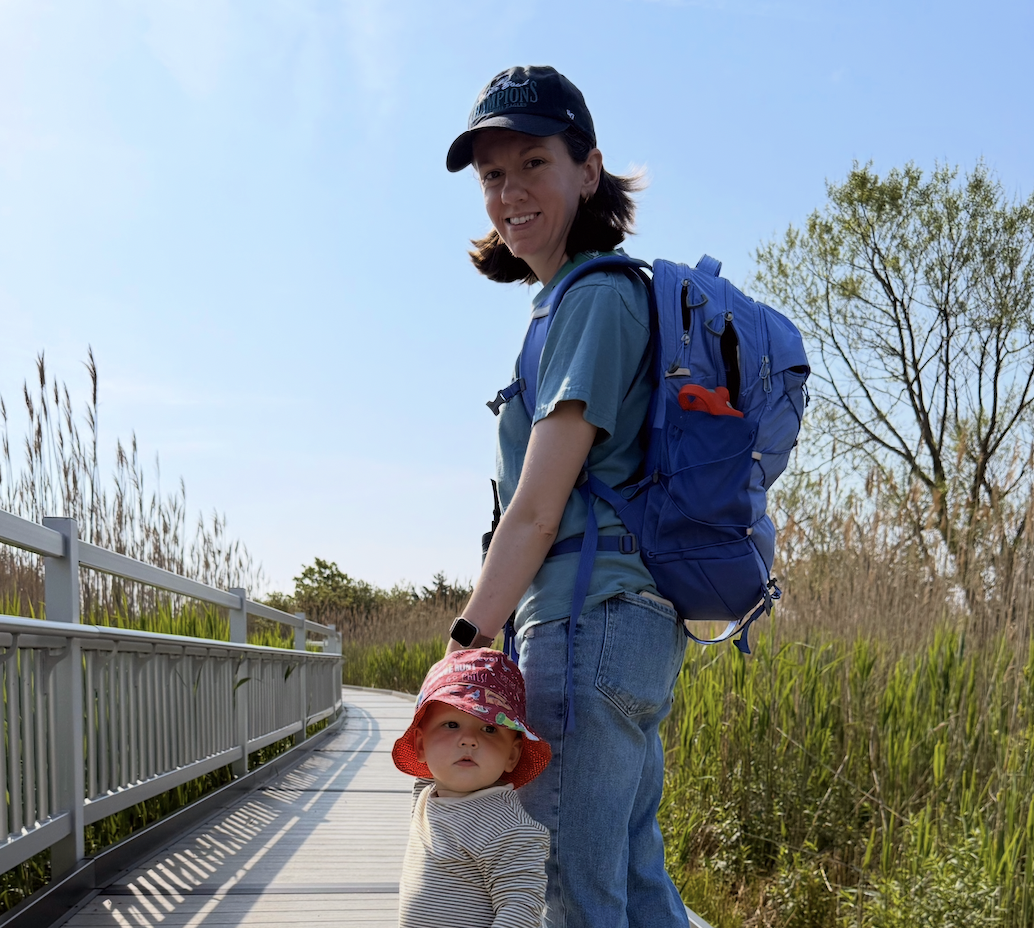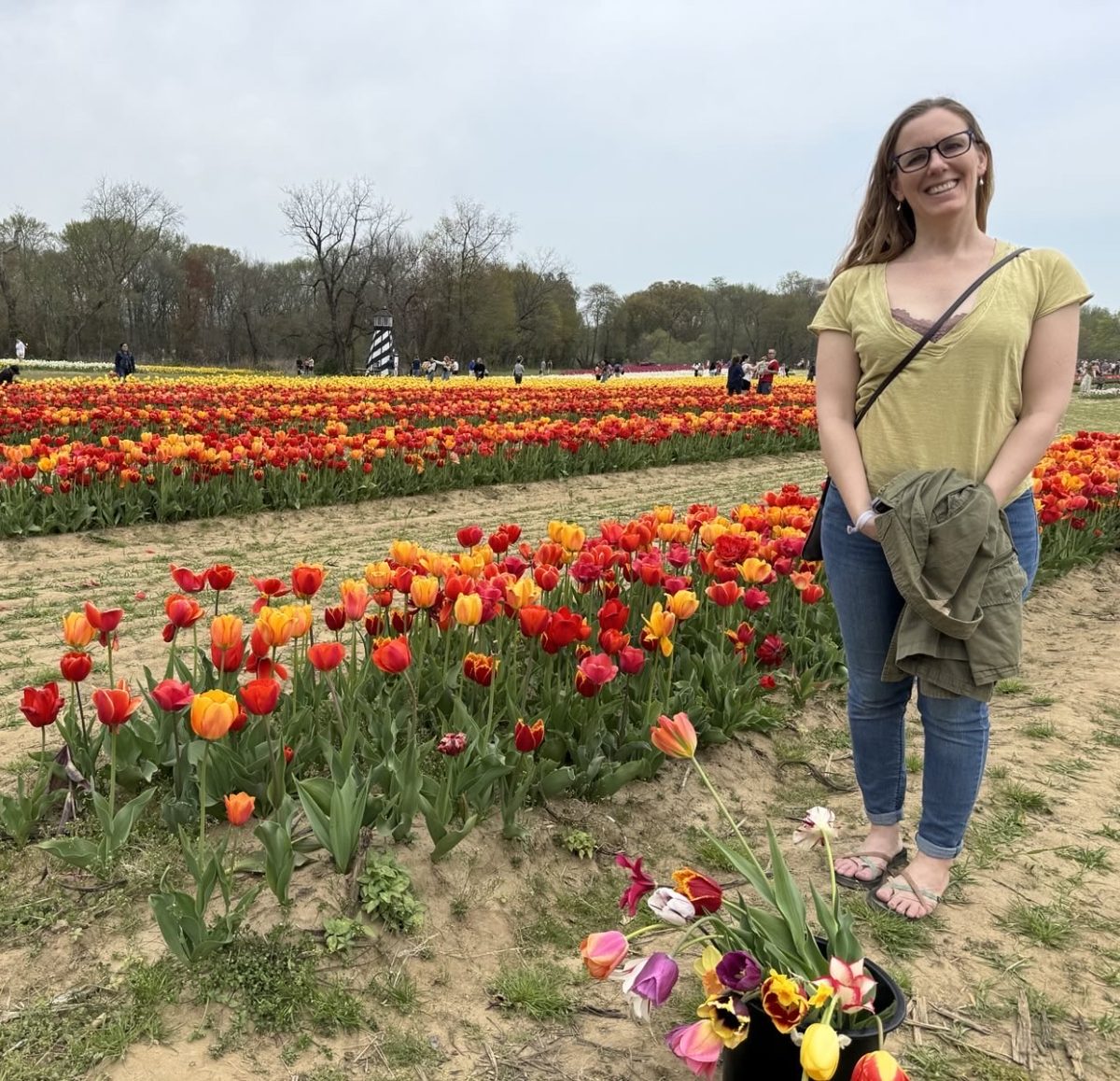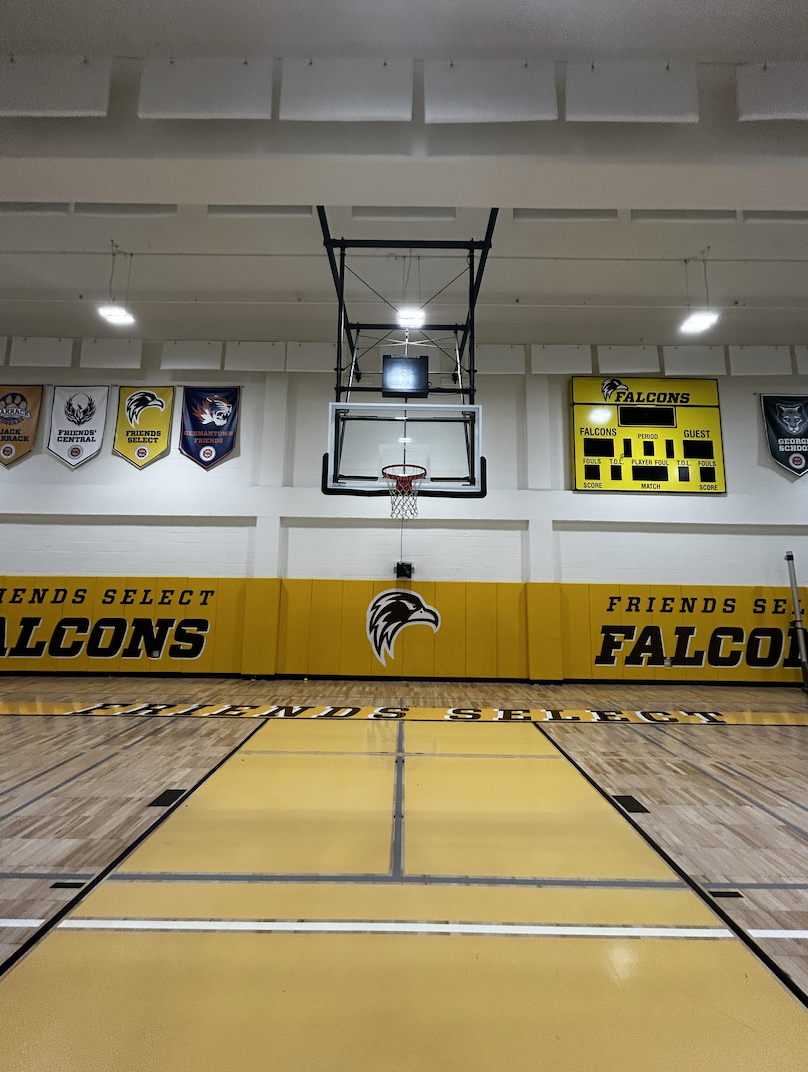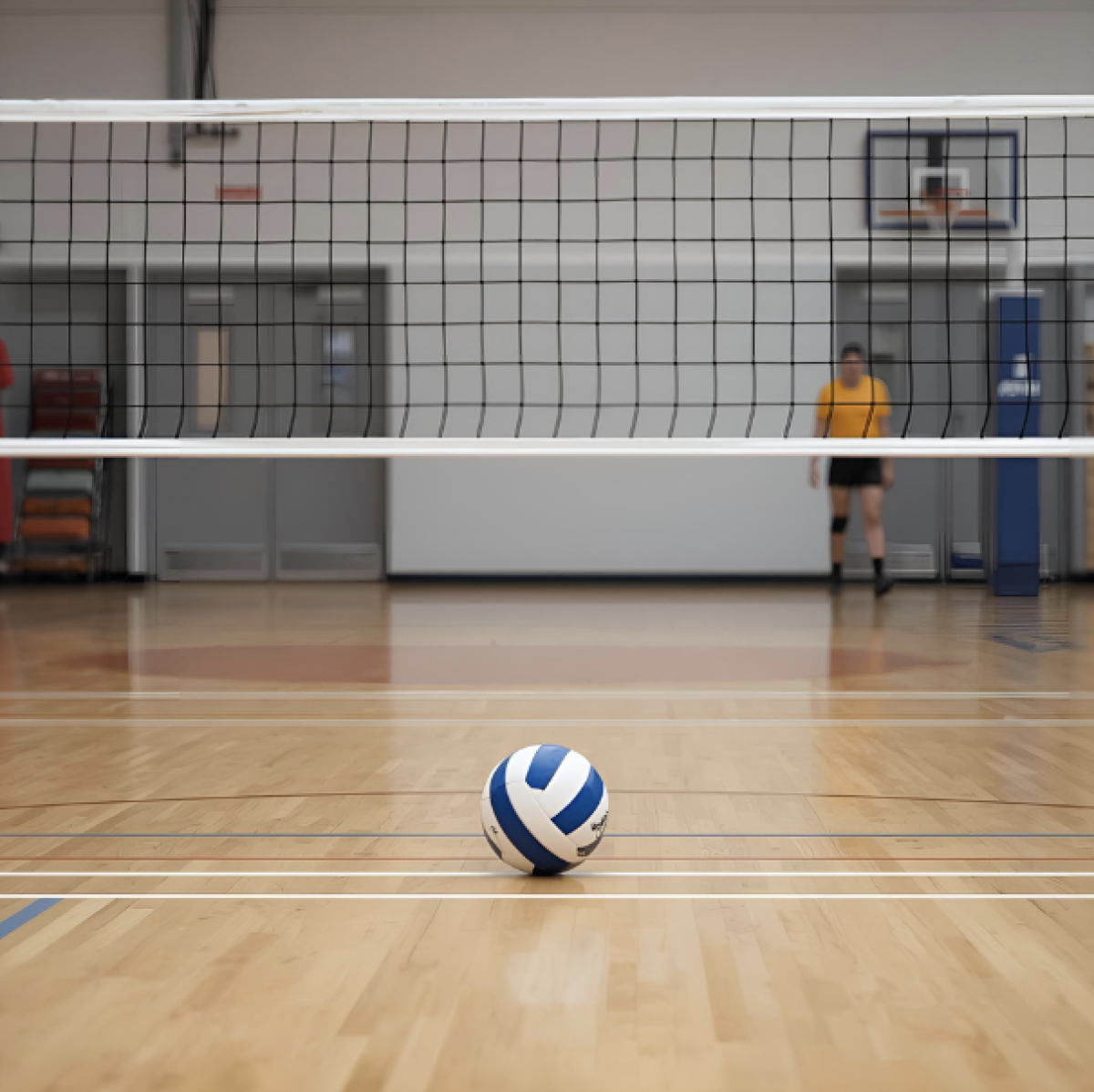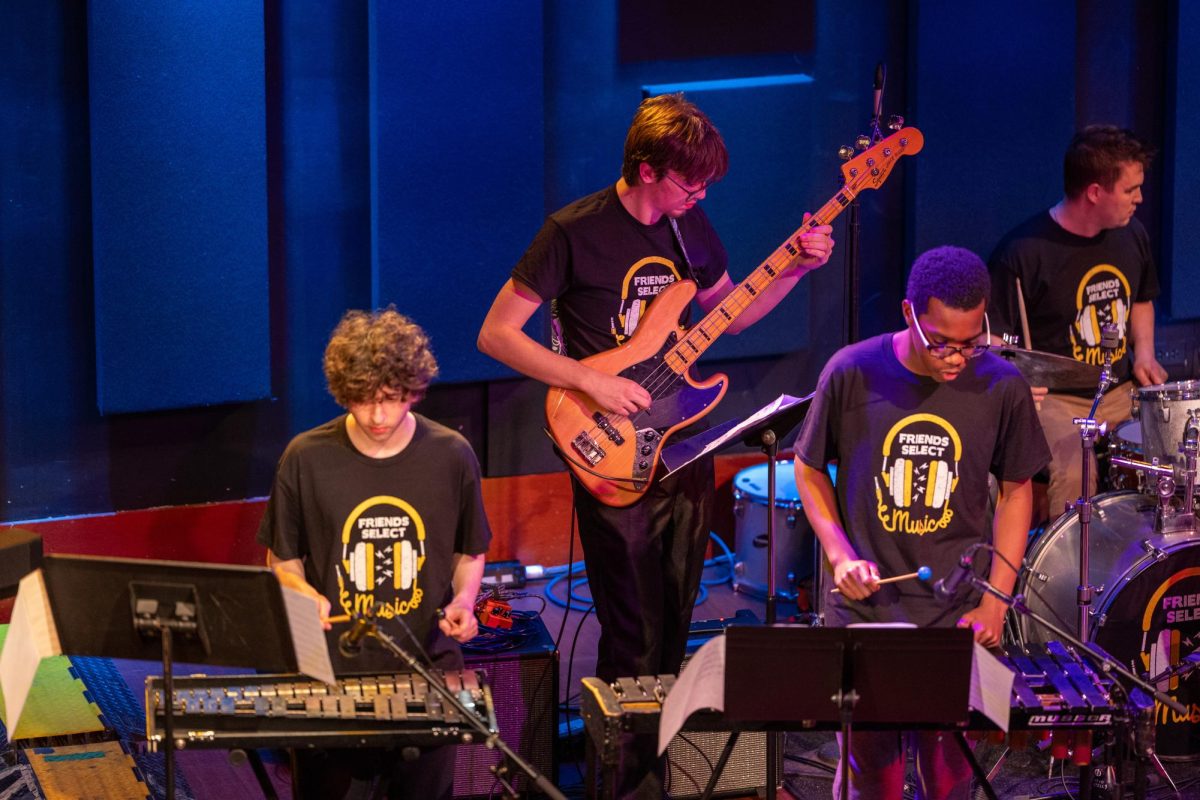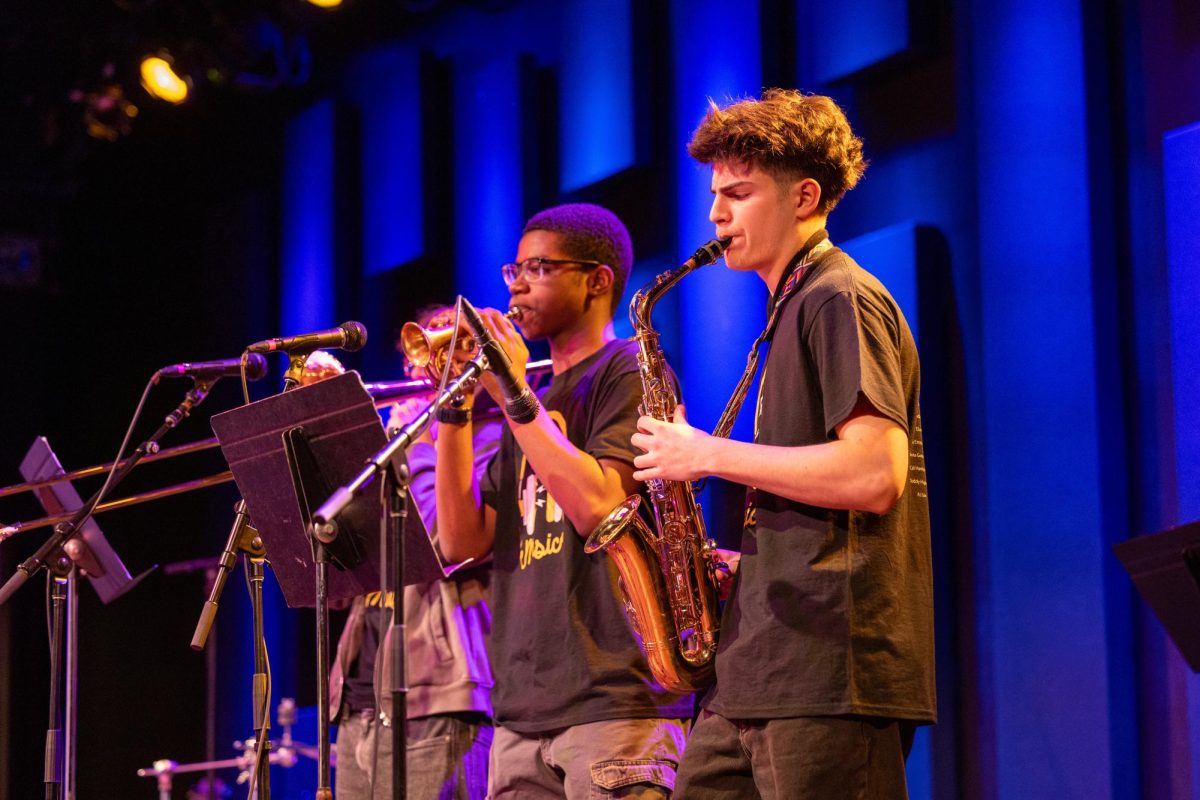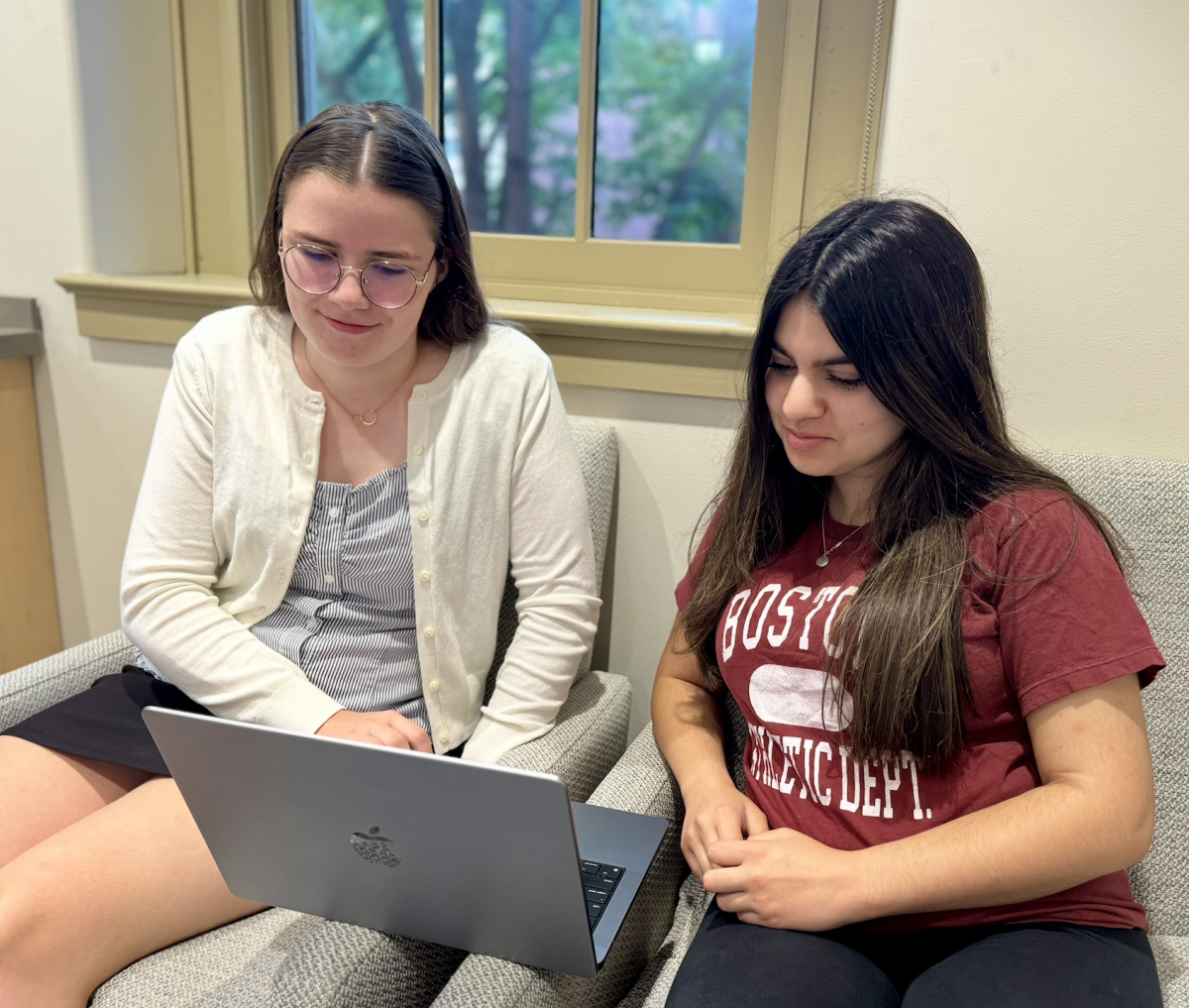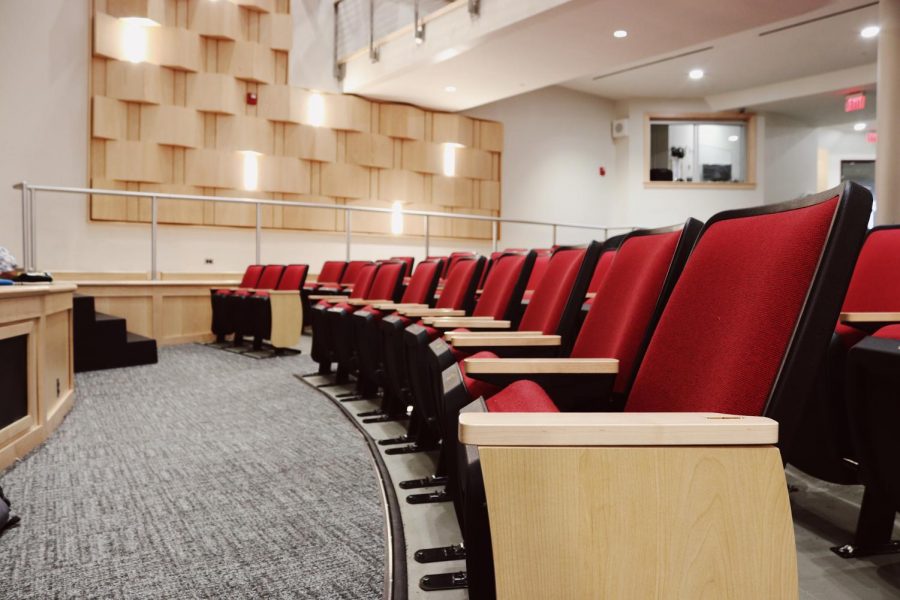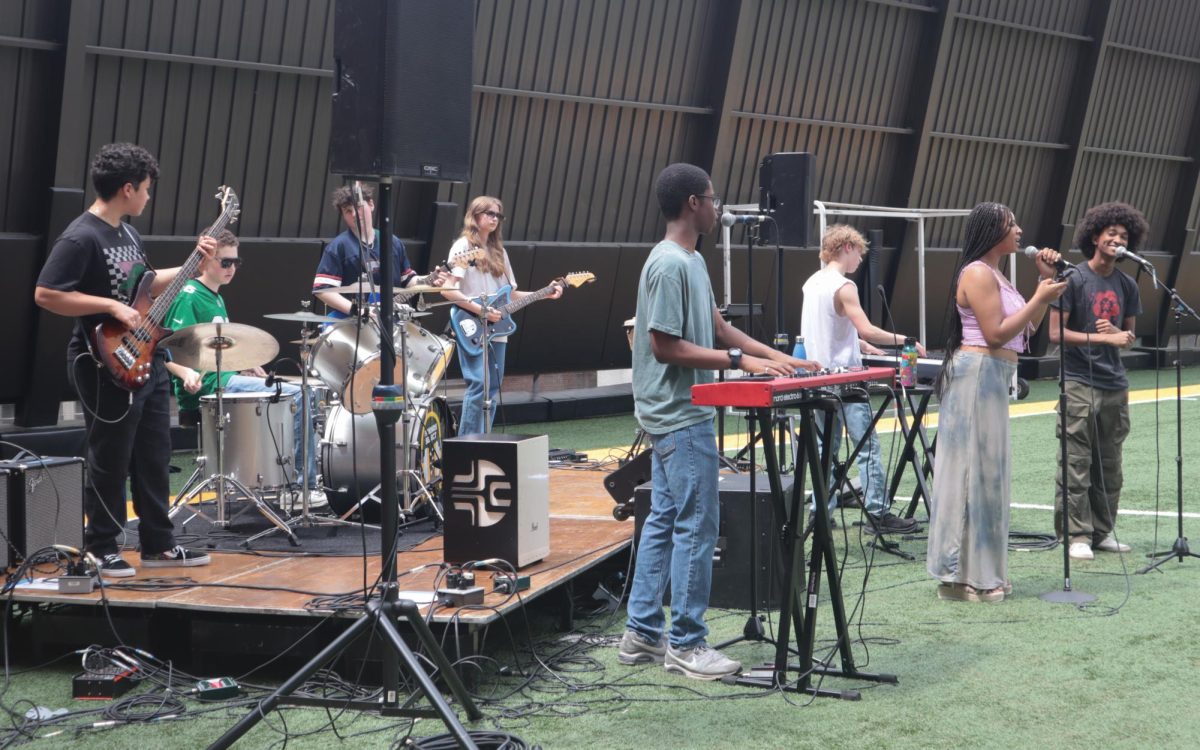Hybrid vs. iSelect Learning: Socializing, Safety, and Stress
Roughly three weeks into hybrid learning, Upper School students at Friends Select are adjusting to a new rhythm. With about 20% of high schoolers completely online and 80% in hybrid learning, school dynamics have changed significantly.
Socializing
Annalise DiCicco ‘23 chose hybrid learning this fall to regain the social aspect of learning. After months of relative isolation, she wanted to go into school and see her classmates. However, she notes that communication struggles have made hybrid learning difficult, as it is often hard for virtual students to hear the comments of those in the classroom. “It’s hard to connect through a screen especially when you are not in the classroom. You don’t get the little side remarks or peoples’ facial expressions; it’s not the same.” Overall, though, she likes regularly seeing her peers and teachers face-to-face.
Alternatively, Beatrix Verstegen ‘24 chose to enroll in iSelect Learning. Although she would love to see her friends and teachers, she feels that there is too much of a risk of spreading COVID-19 to her family. Since mid-March, she has not seen her friends in person except once. Because of this, she feels the effects of social separation and the inability to connect with her teachers when she needs help. “Although it’s nice to know that I’m safe from the virus and safe from spreading it, I do wish sometimes that I could take the risk and be with people.” As a freshman, Beatrix has struggled to meet students in other grades like incoming freshmen normally would, and there are a few new students in her grade whom she has not yet met.
These social differences are felt by almost all Upper School students. Demonstrated by aFalcon survey, to which 113 students responded, 86.7% of respondents felt there is a social difference between hybrid and iSelect.
Safety
As students return to in-person classes, teachers and administrators have stressed the importance of social distancing and mask wearing. Annalise has had first-hand experience with these protocols: “you can’t control what people do, if kids are not supervised 24/7, which is practically impossible they are going to break and push boundaries that are set down even if they are for their well being.”
Annalise and Beatrix both expressed frustration at seeing their classmates hanging out with each other, sometimes in large groups, when they are outside of school. “You see it on Instagram: it’s infuriating and concerning that they are allowed to go in person and pretend like they have been following the rules when they haven’t” says Annalise. When students do this, it creates unsafe situations for the community, especially if the students hanging out in groups are asymptomatic carriers.
The survey question on how safe students felt at school on a scale from 1-5 (least to most safe), 78.1% of students marked 4 or 5. No students marked 1.:
Stress
Managing stress can be difficult in the isolated days of the pandemic. Free time is important to have so students can wind down. Annalise and Beatrix both feel like free time is inconsistent; sometimes they have a lot, and sometimes they have none at all. Annalise says, “The work flow is really inconsistent, one week I’ll have so many assignments it feels like I will never have enough time and the next will seem like I don’t even know with the amount of free time.”
Beatrix adds, “Although I have breaks in my weeks or my school days I feel that usually school is still on my mind or I am worrying about the next assignment.” Some surveyed students also noted that anxiety and other mental health conditions make some of these days very stressful and they wish that teachers would lighten the workload slightly or spread it out more evenly. Despite teachers expressing a desire to delegate equal attention to iSelectlearning students, communication issues persist. With that, she often feels confused with material which stresses her out.
For Annalise, constant screen exposure contributes to stress. While she hoped that switching to hybrid learning would decrease screen time, she still has to zoom into many of her classes from the classroom. Simply being at school for Annalise is stressful due to the looming risk of COVID-19. At home, Beatrix doesn’t have those worries, but she still feels very overwhelmed sometimes by the workload. Perpetual use of technology can also pose distractions for Beatrix, leading to confusion about subject material.
The survey revealed that approximately half of the student body feel there is enough free time, and 30.1% feel that there is too little free time.
Many hybrid students, including Annalise, feel more productive at home. Approximately ¼ of students feel more productive at home than at school.
Looking Forward
Looking forward, Beatrix would love to transition into hybrid learning, but doesn’t see it as a possibility until there is a COVID-19 vaccine. At the moment, Annalise intends on remaining in hybrid learning, but she speculates that “there will be a coronavirus case in our school; it is just a matter of when.” According to the survey, most people will remain in their already chosen modes of learning.



